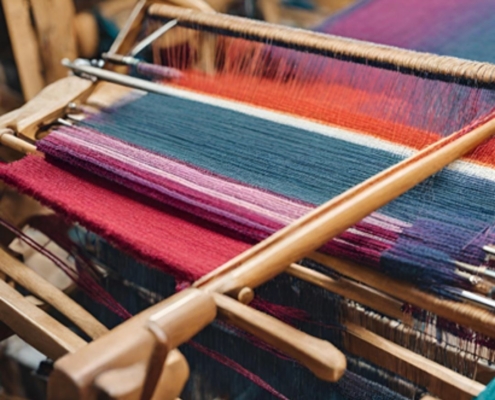Weaving on the loom
Weaving on the loom
The traditional art of weaving on the loom, a skill passed down from generation to generation from grandmothers to daughters, has played an important role in households for centuries. Looms, made of wood, served as basic devices that secured the warp threads in place while allowing the weaving of filling threads through them. Almost every household had a loom, an indispensable tool for creating various essentials such as tablecloths, rugs, kilims, blankets and pillowcases.
Housewives and young women invested countless hours in meticulous craftsmanship, turning the loom into a canvas for creating intricate works of art. Weavers usually worked with raw materials such as wool, cotton or flax, and the width of the cloth was limited to the width of the weaver’s hand. If a wider fabric was needed, cooperative efforts involving two people were used.
While the sight of wooden looms can still be found in some villages today, the practice of this ancient craft has declined significantly, with only a handful of looms still in active use. Even today, electric looms continue to be used, having undergone significant advances in design and technology since their origins during the Industrial Revolution. Modern electric looms represent state-of-the-art, computer-controlled machines, introducing increased efficiency, precision, and automation into the realm of textile production.





